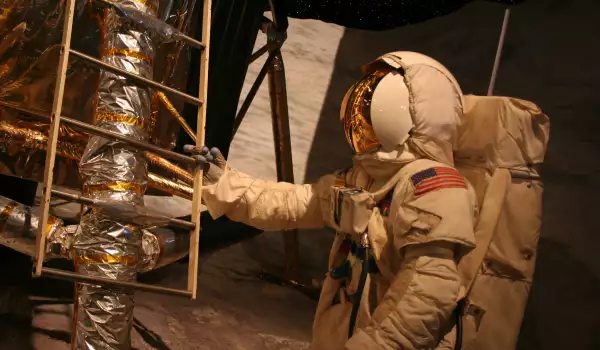For most, living in space is a dream. Only a handful reach it, but there is an even smaller percentage of people who think about what this undertaking costs in reality. To see the Earth from such a vantage point would be unique. But is it worth it?
Some facts remain in the shadows, such as for example, that in a greater part of their travels, astronauts are forced to live a special, often uncomfortable and strange way of life. What's worse is that it negatively affects their health.
A new discovery has been made, a stepping stone in the study of the impact of microgravity on heart physiology in 18 month or longer stays in space. Similar studies are necessary for the prospects of space missions to Mars.
The results of the study, announced at the annual conference of the American College of Cardiology in Washington D.C., showed that the hearts of astronauts in space attained a round shape. This may lead to serious heart problems.
In space, the heart puts in minimal effort. This, in turn, leads to a quick loss in muscle mass. Upon returning to Earth, such physiological changes would have a negative impact on astronauts.

The heart's shape goes back to normal soon after returning to Earth. When landing however, astronauts suffer from other problems, often dizziness, fainting and an abrupt decrease in blood pressure.
A series of other dangers to health can be observed in space. Astronauts get arrhythmia and are exposed to radiation. This can more quickly lead to atherosclerosis.
The solution to the problem of the round heart has already been found - a series of exercises to prevent the occurrence of this phenomenon. They have been developed specifically for astronauts, but can be used by people on Earth as well.
Those who would benefit most are people with serious physical problems due to immobilization, heart failure and heart problems.













